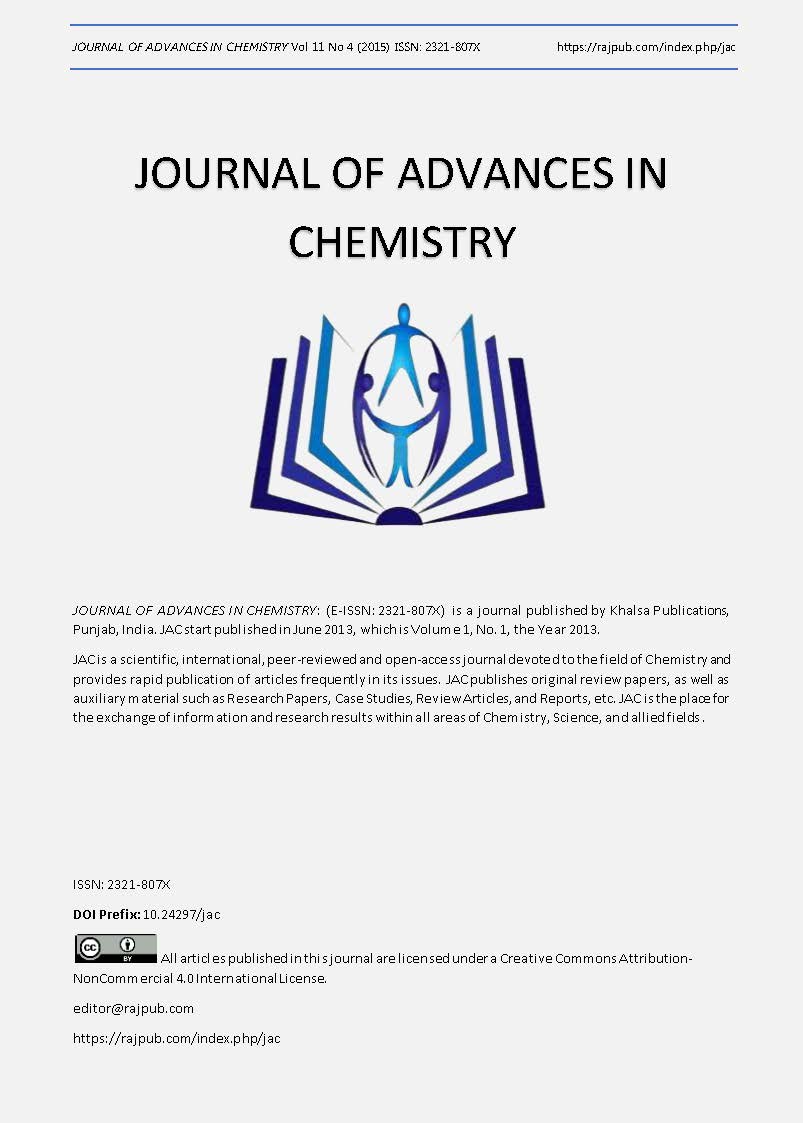EFFECTS OF DIFFERENT SURFACTANTS ON INDOMETHACIN MICROSPHERES FORMULATIONS
DOI:
https://doi.org/10.24297/jac.v11i4.2204Keywords:
Drug delivery, polymers, drugs, microencapsulation, in vitro releaseAbstract
Microencapsulation by the solvent evaporation technique was used to formulate Indomethacin-loaded poly(DL-lactide-co-caprolactone) microspheres with three different surfactants: Tween 80, Span 80, and Polyvinyl alcohol. Different formulations were prepared by changing drug masses, while keeping the quantities of the polymer and of the surfactant constant. The prepared microspheres were evaluated for drug content, particle size, morphology, drug-polymer interaction, stability, in vitro release, and cytotoxicity assays. Comparison was done to study the effects of the surfactant type on their characteristics. Microspheres presented a spherical and porous profile and were characterized by the stable character of the encapsulated drug. The usage of the Polyvinyl alcohol revealed the highest percent drug entrapment and drug loading, the biggest particles sizes, and the lowest drug release rate. It was the opposite in the case of Tween 80. A negligible cytotoxic effect was noted on Polyvinyl alcohol formulations having the highest drug content. Polymeric microspheres were used efficiently as a delivery system for Indomethacin. Changing the surfactant type had many advantages on drug encapsulation and release rate.
Downloads
Downloads
Published
How to Cite
Issue
Section
License
 All articles published in Journal of Advances in Linguistics are licensed under a Creative Commons Attribution 4.0 International License.
All articles published in Journal of Advances in Linguistics are licensed under a Creative Commons Attribution 4.0 International License.




